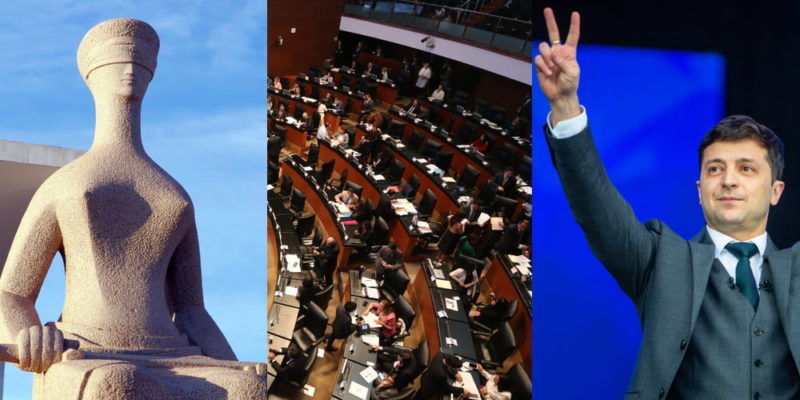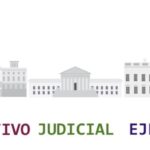We explain what the powers of the State are, their history and characteristics of each one: executive, judicial and legislative.

What are the powers of the State?
The powers of the State or public powers They are the different institutions that make up the State. They exercise their role as controller and guarantor of public life and the rule of law.
They function according to the principle of separation of public powers, proposed by Montesquieu in the 18th century, as a mechanism that would guarantee a more just and equitable State, which would police itself.
After the fall of the Old Regime during the Modern Age, absolutism was abolished as a system of government in which a king and his entourage had full and undisputed control of the State. In its place, the new societies established that the State be exercised by all citizens.
Thus, sovereignty fell to the citizens, who could be elected to public office, making decisions regarding where the country would go. For this, it was essential that the State had counterweights, that is, that its power was not absolute and indisputable, but could be controlled by other public bodies, which came to be called powers of the State.
These powers They should ideally be independent of each other. sovereign and equally powerful, since all three must be limited to the Constitution and its legal framework of laws. Each one in their own way has the mission of ensuring the adequacy of the others, acting as a counterweight and thus preventing the State from being controlled by a single instance.
The powers of the State are the executive, the legislative and the judicial. In some legal systems there may be more than three powers, but rarely less than three, at least in the republican and democratic nations of the world.
See also: Forms of government
Executive power
The executive branch is in charge of the administration and leadership of the State of political and strategic decision making. It usually falls on the figure of a head of state, whether called that or president or Prime Minister, depending on the bureaucratic structure of the nation.
This charge usually elected by popular vote (direct or indirect) and may be seconded by a vice president (or several). It is decentralized in the case of Federal Republics in the mandate of provincial governors.
The constitutions of each country stipulate the mechanisms to elect, dismiss or re-elect (if possible) the President, and also the powers that correspond to the executive branch, which are generally political and administrative.
legislative branch
The legislative power is concerned with legislation, that is, with the development of laws that govern life in the country and that serve as a counterpart to the executive power.
Many presidential decisions, in fact, must be endorsed by the legislature before they can be implemented. Usually this power is in charge of politically prosecuting public officials since his is the voice of the people in their direct representation.
Generally the legislative branch resides in the hands of a National Assembly Congress or any other type of Parliament. Its members are elected by popular vote and usually belong to various political parties. There are bicameral parliaments (with deputies and senators) or monocameral parliaments (only with deputies).
Continue in: Legislative power
judiciary
He is in charge of enforcing the laws interpreting what is established in the Constitution so that the State functions in full respect of the law. To achieve this, it has various judicial bodies, at the head of which is the Supreme Court of Justice, but which extends like a tree, from highest to lowest hierarchy, throughout the nation.
Furthermore, the judiciary is responsible for resolving controversies and conflicts between other public powers always in light of what is established in the Magna Carta.
It guarantees compliance with the law, the punishment of those who violate it, as well as the different legal instances necessary for the State to function regularly: administrative, criminal, constitutional, procedural, etc.
In this way, the judiciary transmits its decisions through sentences, which constitute legal documents and are part of the legal history of the nation.
References
- “Separation of powers” on Wikipedia.
- “Powers of the State” in Educational Portal.
- “What are the powers of the State?” (video) on CNTV Infantil.
- “The powers of the State” in Zoon Politikon.
- “The powers of the State” in Icarito.





